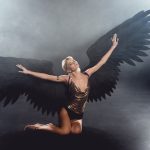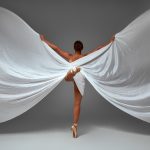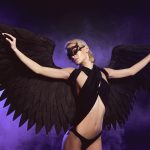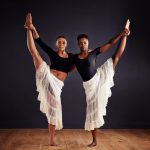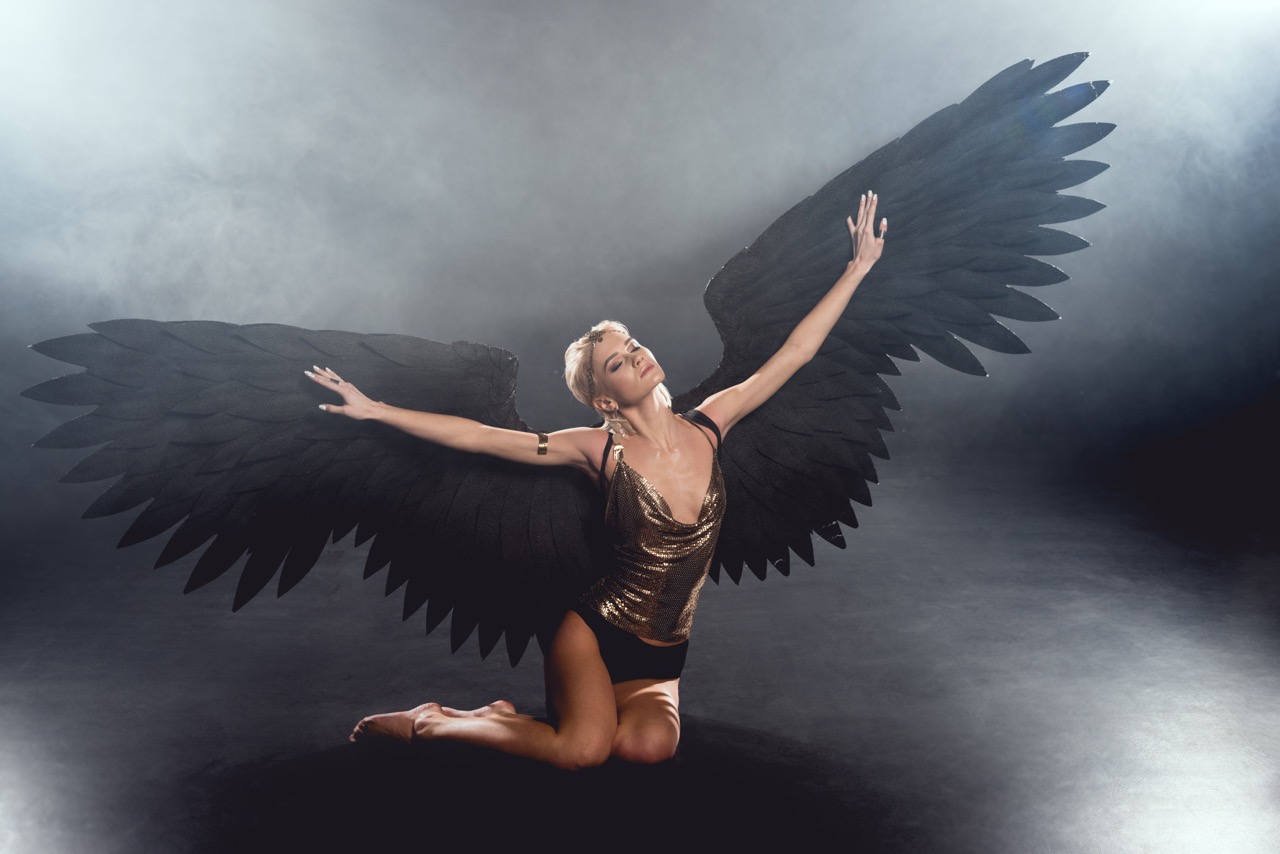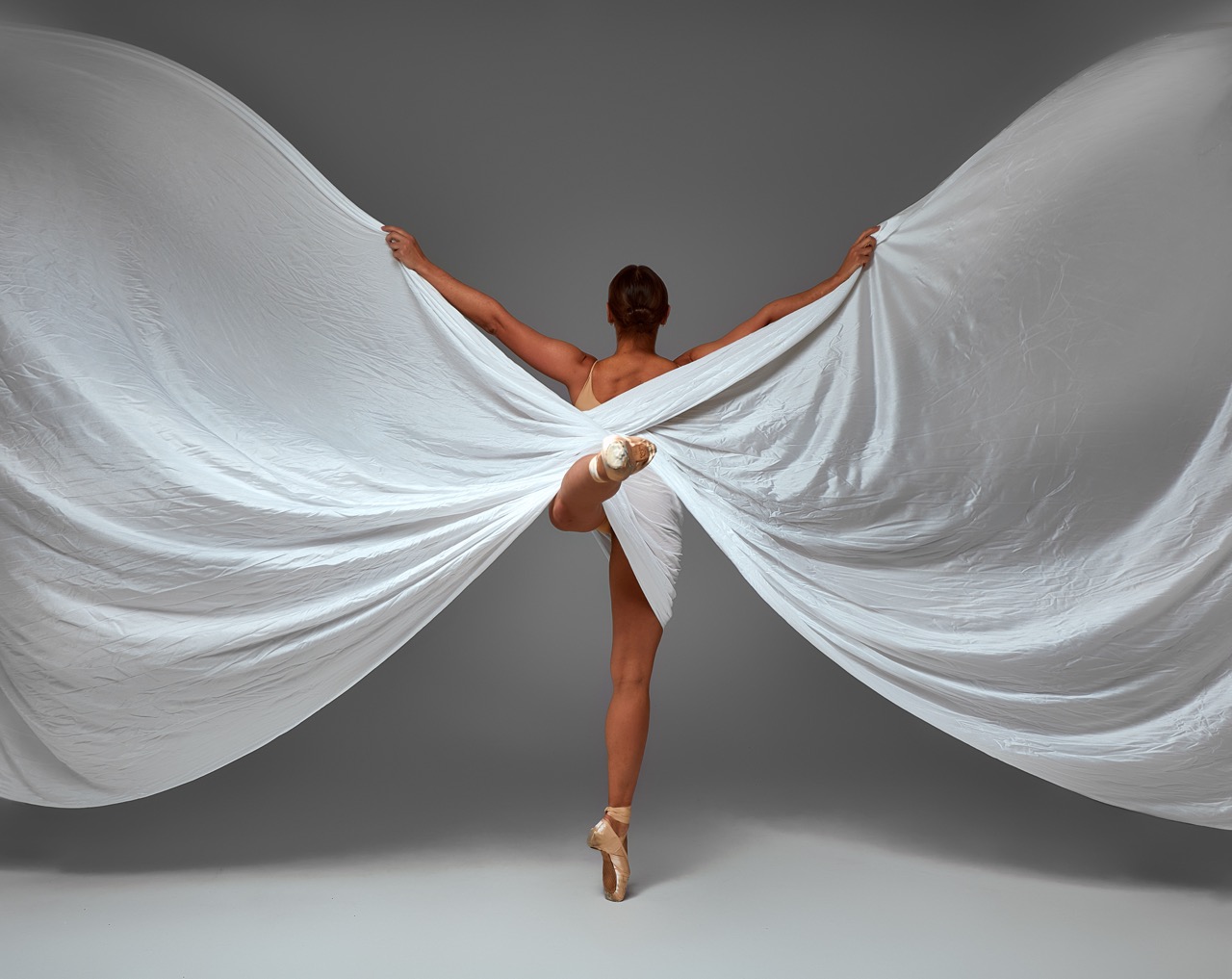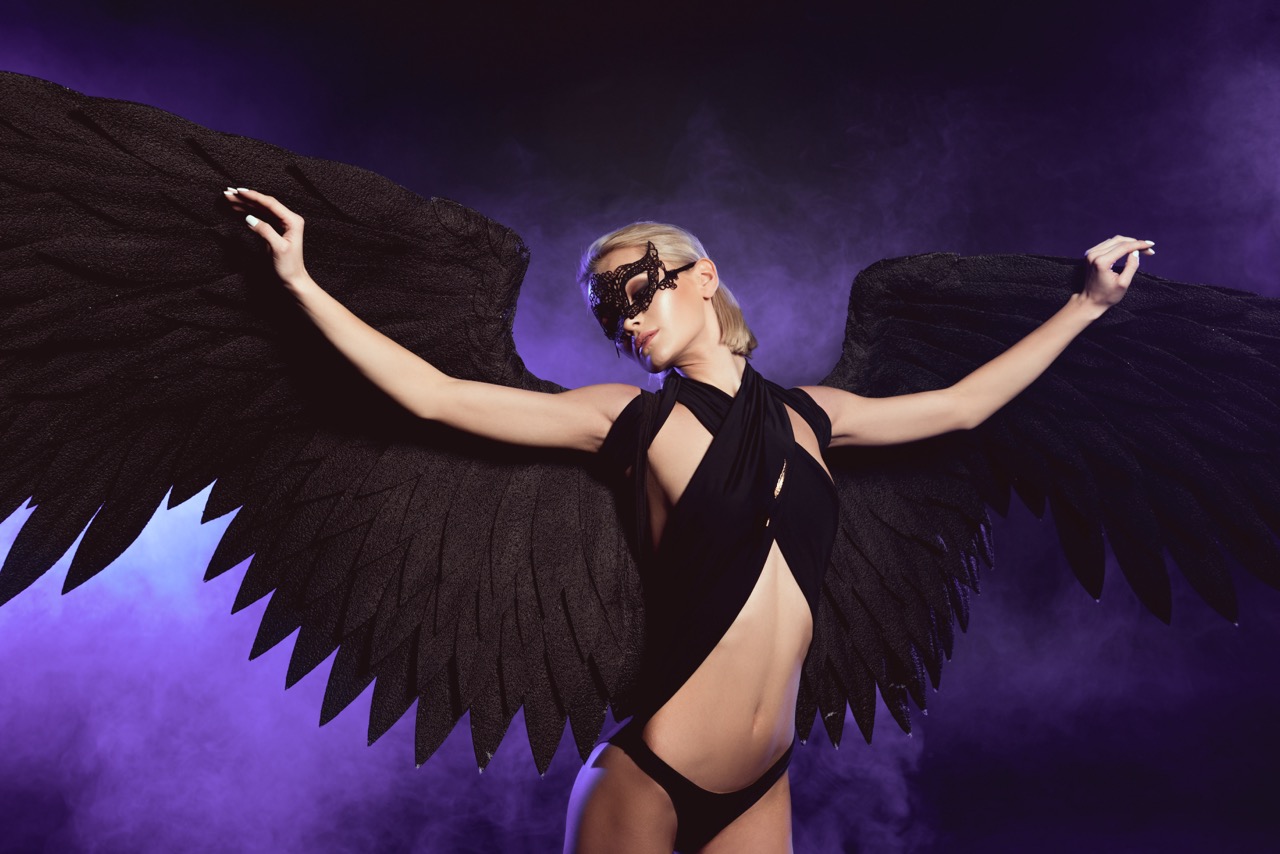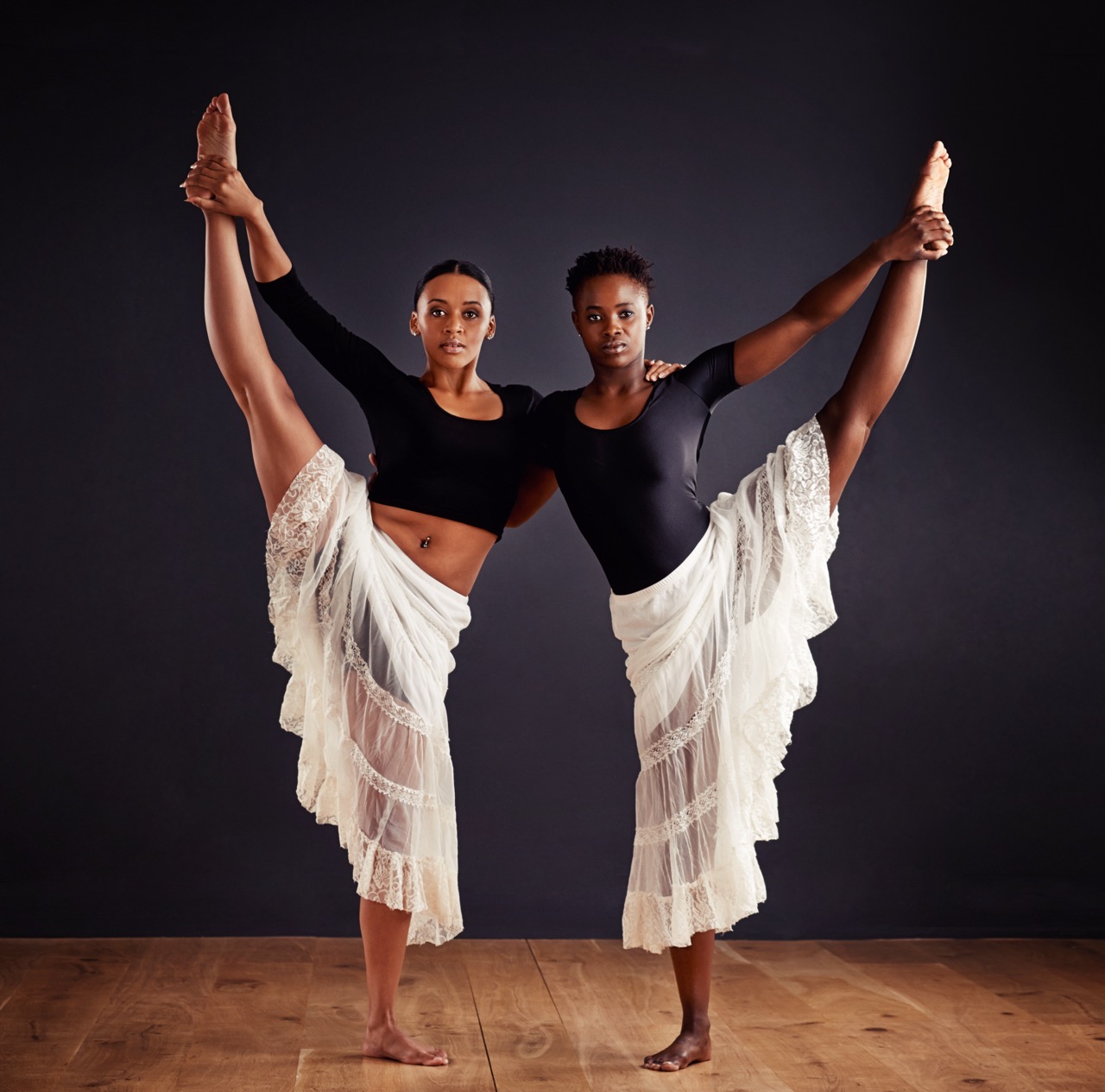In the realm of fantasy-themed dance performances, the visual narrative is as crucial as the choreography itself. One of the most striking elements that can elevate a performance is the incorporation of winged costumes. Wings, whether ethereal or bold, transport audiences into realms of imagination, adding another layer of storytelling to the art of dance. These fantastical garments not only enhance the aesthetic appeal but also evoke a sense of wonder that complements the dancer’s movements and emotions. In this article, we explore the enchanting world of winged costumes, their design intricacies, and their transformative potential on stage.
Elevating Dance: The Magic of Winged Costumes in Fantasy
Winged costumes serve as powerful symbols in fantasy dance performances, representing freedom, transformation, and the ethereal realm. The instant a dancer takes the stage adorned in wings, they become more than just a performer; they embody characters that transcend the ordinary. From fairies and angels to mythical creatures, wings enable dancers to invoke a sense of magic that resonates deeply with the audience. This visual element creates an immediate connection, drawing viewers into a world where the impossible becomes possible and imagination reigns supreme.
Moreover, the dazzling variety of wing designs allows for endless creative possibilities. Glittering feathers, glimmering sequins, translucent fabrics, and intricate embellishments can all be utilized to create a unique aesthetic. Each design choice can convey different emotions, from the calm grace of a swan to the fierce power of a dragon. This versatility makes winged costumes ideal for a range of performances, allowing choreographers to tailor their vision to the narrative’s needs while ensuring that the costumes complement their choreography seamlessly.
In addition to their visual allure, winged costumes can also serve functional purposes in dance. The way wings interact with movement can enhance the dynamism and fluidity of the performance. When dancers leap, spin, or glide, the wings can create stunning visual effects, mimicking the graceful flight of birds or the whimsical fluttering of butterflies. Such movement not only captivates the audience but also adds a layer of intricacy to the choreography, making the performance memorable and impactful.
Crafting Dreams: Designing Wings for Enchanting Performances
The design process of winged costumes is a blend of creativity, craftsmanship, and engineering. Designers often begin by conceptualizing the narrative behind the performance, considering how the wings can enhance the character’s story. This phase involves sketching designs, selecting materials, and envisioning how the wings will interact with the dancer’s movements. The choice of materials is particularly crucial, as lighter fabrics allow for more fluid movement while sturdier materials can create dramatic effects.
In recent years, technology has also entered the realm of costume design, with innovations like LED lighting and remote-controlled elements making waves in the industry. Designers can now incorporate luminous wings that pulse with color, added layers of storytelling that can be synchronized with the music or choreography. Such enhancements not only make the wings visually stunning but also give choreographers new tools to create immersive experiences that captivate audiences on multiple sensory levels.
Additionally, comfort and safety are paramount in the design process. Well-crafted wings must allow for ease of movement without hindering the dancer’s performance. Ensuring that the weight is distributed evenly and that attachment points do not restrict mobility is crucial for a seamless integration into dance routines. When designed thoughtfully, wings can empower performers, allowing them to fully express their characters while minimizing the risk of injury.
Flight of Imagination: Enhancing Expressiveness with Wings
The act of dancing is inherently expressive, and winged costumes amplify this expressiveness significantly. Wings can act as an extension of the dancer’s body, translating emotions into visual art. Every flap, flutter, and gesture can communicate feelings that words cannot convey, allowing dancers to embody their characters more fully. This synergy between the dancer and their costume can evoke profound emotional responses from the audience, as they are drawn into the story being told through movement.
Moreover, the symbolism associated with wings enhances the thematic depth of performances. For instance, angelic wings might symbolize hope and purity, while darker, more robust wings could represent power and mystery. By incorporating these symbolic elements, choreographers and dancers can weave complex narratives that resonate with audiences, provoking thought and fostering emotional connections. The interplay of symbolism and movement creates a rich tapestry that enriches the viewing experience.
The visual spectacle that wings create also encourages audiences to suspend disbelief. When dancers take flight—metaphorically, of course—spectators are invited to escape reality and immerse themselves in a fantastical world. This departure from the ordinary is essential in fantasy-themed performances, as it allows both the performers and the audience to explore themes of freedom, transcendence, and the beauty of imagination. The impact of winged costumes extends beyond the stage, inspiring creativity and encouraging audiences to dream.
From Concept to Stage: The Art of Winged Costume Creation
The journey of a winged costume from concept to stage is a multi-faceted process that demands collaboration between various artists, including dancers, choreographers, and costume designers. Each participant plays a crucial role in ensuring that the final product aligns with the artistic vision while meeting the practical needs of the performance. This collaboration often begins with brainstorming sessions, where ideas are exchanged and refined, setting the foundation for what will ultimately unfold on stage.
Once the initial designs are established, the construction phase begins. Skilled artisans meticulously bring the wings to life, utilizing techniques that range from traditional sewing to advanced fabrication methods. This stage often involves prototyping, where different materials and designs are tested to find the perfect balance of aesthetics and functionality. Feedback from dancers during this phase is vital, as they provide insights into how the wings feel during performance, leading to refinements that enhance both comfort and visual impact.
As the performance date approaches, meticulous rehearsal processes take place. Dancers practice their routines while wearing the wings, allowing them to adapt their movements to the new dynamics introduced by the costume. This phase is crucial for ensuring that the wings complement the choreography rather than hinder it. Ultimately, the successful integration of winged costumes into a dance performance relies on the harmonious collaboration of creativity, craftsmanship, and commitment, culminating in an enchanting spectacle that transports audiences to a world of fantasy and imagination.
In the enchanting world of fantasy-themed dance performances, winged costumes stand as a testament to the power of imagination and artistry. From their ability to elevate narratives to their role in enhancing expressiveness, wings transform not just the aesthetic, but the entire performance experience. The intricate process of designing and creating these fantastical garments illustrates the dedication and passion of artists collaborating to bring their visions to life. As audiences continue to be captivated by the magic of winged dance, it is clear that these costumes will remain a cherished element of the theatrical landscape, inspiring wonder and creativity for generations to come.
